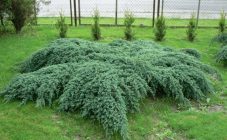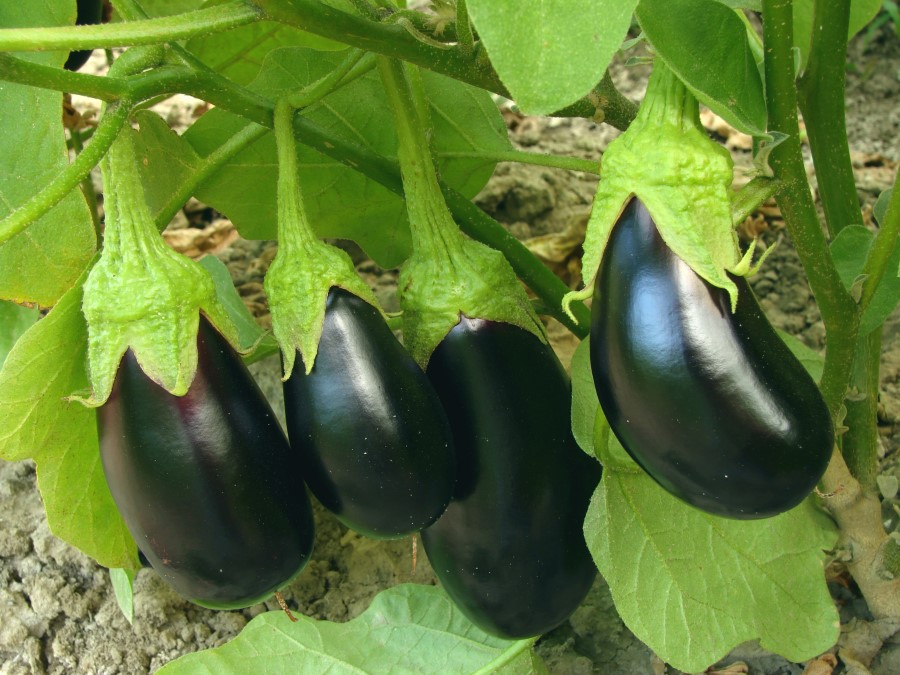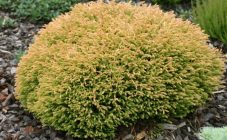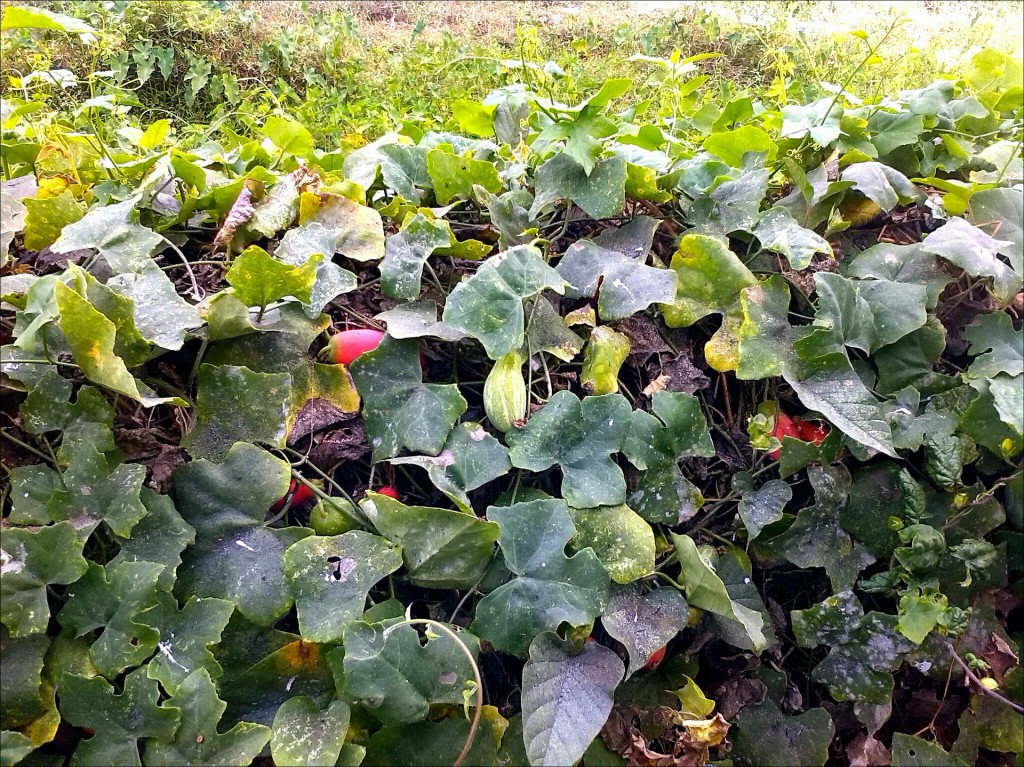Content:
Blue hosta is a perennial herb of the asparagus family from the East. In Japan, the hosta is considered a sacred flower and has been cultivated for many centuries. Plants of this genus are valued for their high decorative effect and shade tolerance.
Among the most popular varieties of blue hosts is the Hosta Blue Angel (Blue Angel), a large-leaved blue hybrid recommended for growing in the middle lane. It was bred in 1986 by the Dutch breeder Paul Aden, who crossed Aden 365 and Aden 361 for this variety.
The hosta of the Blue Angel variety can also be found in botanical reference books under the names Blue Angel and Blue Angel.
Characteristics of the Blue Angel variety
Hosta Angel is a domed, lush, squat shrub with beautiful falling foliage of a blue-green hue, which gradually turns into a dark green color by the end of the season. The leaf of the plant is large: its length reaches 40 cm, width - 30 cm.The ends are curved towards the bottom. The surface of the leaf is slightly corrugated, dotted with parallel light streaks.
In the description of the Blue Angel hosta variety, it is indicated that the height of the bush is on average 70-80 cm, but under favorable conditions the plant can reach a height of 90-100 cm.The diameter of the bush is 120 cm.
Fragrant hyacinth-like flowers are located on strong erect peduncles, forming racemose cone-shaped inflorescences. The color of the flowers ranges from white to pale lavender.
The fruits of the plant are small leathery capsules with black achenes about 3 mm long. Hosta Angel grows quickly, blooms in July-August. Long flowering.
Features of agricultural technology in the open field
Under natural conditions, the hosta blue grows in broad-leaved moist forests and near lakes, which determines a number of requirements for the planting site and care for them.
Choosing a landing site
This hybrid grows well on loose, drained and humus-rich soils with good water permeability. The optimum level of soil moisture is slightly above average.
It is not recommended to plant the Blue Angel host on dry sandy soils, however, the composition of the soil can be corrected if necessary (for example, too acidic soil can be dug up and fertilized with lime).
Illumination requirements
Hosta is a shade-tolerant plant that grows best in shade, partial shade and in diffused lighting. If you wish, you can plant the plant under the open sun, but in this case there is a high risk of sunburn by the plant. When choosing a place to plant hosts, you should focus on areas that are shaded in the afternoon.
In addition, the plant needs protection from strong winds.
Reproduction
Hosts reproduce fastest by division. You can cut cuttings or get plants from seeds. Host seeds have a high germination rate, but such plants develop extremely slowly.Moreover, with this method of planting, the bushes reach their full bloom only in the fourth year of life.
You can divide hosts throughout the growing season, but it is best to do this after the plant forms buds for the next year - this is about the third decade of August.
The Blue Angel variety is cut throughout the summer. To do this, young shoots with a heel are separated from the plants and planted in a shaded area, covering the bottom of a plastic bottle.
Landing technology
The optimal distance between two adjacent bushes is 1-2 m, since Blue Angel is a rather large variety with a growing bush. There are no more than 1-2 pieces per 1 m². They are planted for the hosta in the spring, after the threat of frost has passed. The best time to plant is between April 20 and May 20.
Care
All host varieties are quite unpretentious. This fully applies to the Blue Angel - the variety does not require any special care: tying, cropping, etc.
The plant does not need shelter for the winter. However, frostbite of shoots is often observed in young seedlings, so in the spring they need to be covered from late frosts.
Water the hosta during the hot season, while it is important to ensure that water does not get on the leaves - sunburn may appear. Watering is carried out exclusively at the root.
The variety does not require regular fertilization, but responds well to feeding. Blue Angel can be fed 2-4 times per season: in the spring the soil is enriched with nitrogen fertilizers (granular manure, humus or droppings are suitable for this), and in mid-August it is fertilized with potassium or phosphorus, which prepares the plant for wintering. Over-saturation of soil with fertilizers can stimulate foliage growth to the detriment of flowering.
To maintain soil moisture around the bush, mulching is carried out with peat or mown grass. This procedure contributes to the enrichment of the soil with organic matter.
Diseases and pests
Blue Angel hosts rarely get sick and practically do not attract pests. The only serious threat to the variety is slugs and snails, which can cause huge damage to plants in the shortest possible time. High humidity contributes to the reproduction of snails, so it is better not to overdo it with watering. To prevent the spread of slugs, ash, lime or sawdust can be poured under the host bushes.
Advantages and disadvantages of the variety
Hosta Blue Angel shares all the advantages of the blue varieties of the family, namely:
- frost resistance;
- relative unpretentiousness;
- the ability to grow without transplanting in one place for many years, but if necessary, the plant can be transplanted without harm to it;
- high decorativeness of the bushes;
- resistance to infections and unattractive to most pests.
A distinctive advantage of the variety is its undemanding air composition. This means that the Blue Angel hosta variety can be grown not only on a personal plot, but also within the city. In addition, the overgrown bushes of the Blue Angel tolerate temporary flooding and drying out well.
The plant has no pronounced shortcomings.
Shady places in the garden are often empty, since most ornamental plants are quite photophilous, but the intensive work of breeders has borne fruit - almost all varieties of blue host are suitable for cultivation in low light conditions. The Blue Angel host is no exception. Light pale lavender flowers of the variety are able to dilute even the most shaded areas, thereby giving a well-groomed look to the garden.
















